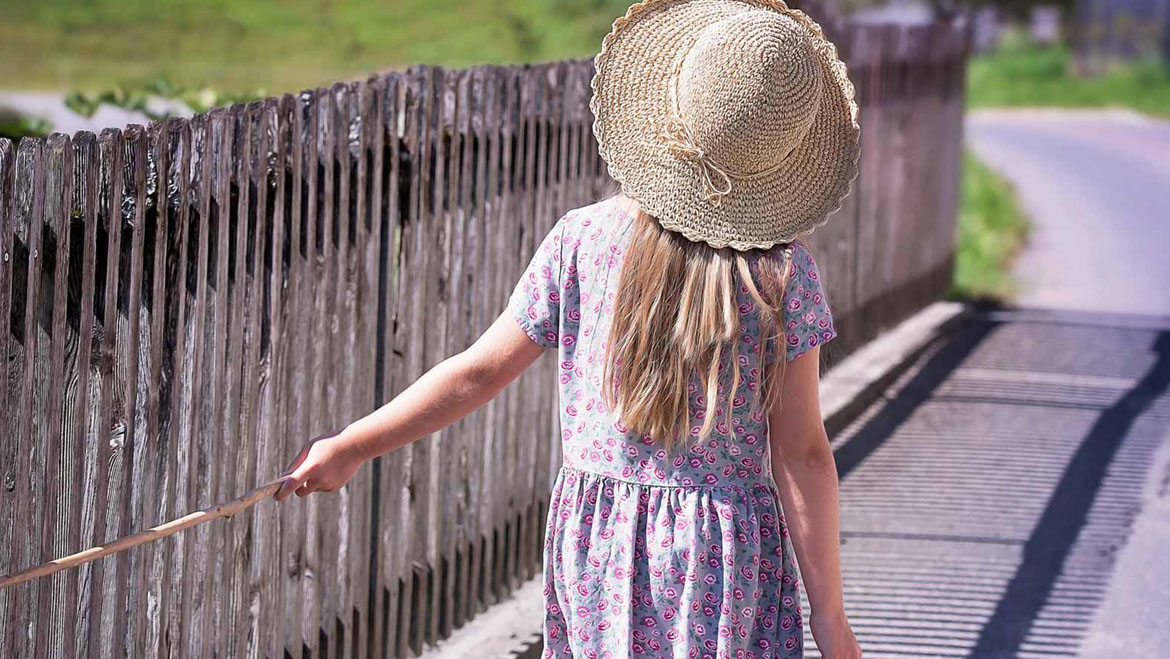Mindfulness in Kids
The state of being aware and conscious of something is called mindfulness. For kids this can be a really big word and instead “awareness” can be used. It enables us to be present in the situation and respond with good focus. Mindfulness in a kid helps him to channel his focus and attention to the thing he is doing. It stops him from getting distracted by inner thoughts and outer distractions. Mindfulness in kids means more like the alignment of mind and soul to pursue or overtake a task or just an activity. A child with mindfulness achieved, is better at almost everything, controlling desires and valuing resources and most of all, being aware of his surroundings which make him more adaptable to different circumstances. The alignment of body and mind is very necessary for effective growth in kids.
Advantages of Mindfulness For Kids
- More focusing abilities: An improved focus helps in many fields from academics, to sports. A focused person can achieve anything he wants to in life.
- Makes them calm: Research shows that mindfulness in kids makes them calm down when they are upset and thus helps them to take better decisions. This one thing can make a hell of the difference in a family.
Jo Howarth who is the author of the book, Glad to be Dan, says “Mindfulness has the power to teach us many things but most importantly it teaches us how to turn towards difficult emotions, instead of ignoring them”. The book helps kids to be happy mindfully.
How Mindfulness can be Achieved
Puzzle games with something meaningful and noteworthy as an outcome will count as a mindfulness activity. The indulgence in the activity with whole heartiness and no lack of focus builds a wall of patience and positivity inside a kid. Stories Magazine, games, activities and visual presentations are some other techniques that can help your kid achieve mindfulness.
Before proceeding in the direction to achieve mindfulness, get these points straight:
- Lead by Example: Kids are very good at copying adults if you have not realized it yet. First, you need to learn it yourself and then teach the kids. Exercises on this front for 10 minutes a day will help you get the focus you might be missing yourself.
- Don’t force it: Don’t be hell-bent on achieving mindfulness in kids as it will have negative effects on them with absolutely no improvement. They might not even be aware of what exactly you are asking for.
- Understand the final Results: The final result of the exercise should not be to calm down the kids, as they won’t. The normal behavior in kids, loudness, whining or the tantrums will not go away no matter what. The end result of the exercise should be to understand the manifestation of the emotions in them, how they respond and what areas they can work on.
Here are some Tips and Suggestions on how you can achieve mindfulness: –
- Listen: Ask your kids to close their eyes with their legs folded in the form of meditation. You can play soft music in the background and ask the kids to pay their full focus on the music and notice its notes.
Through this exercise, the kids will learn to place their anchor of thoughts on any one specific point which is basically called as the focus.
This exercise can be done with breathing also instead of music. Here the kids focus on the breathing instead of the music. The soul and the body gets a good connection through this achieving the result of mindfulness.
- Walk but don’t talk: Go out on evening walks with your kids and for some part of the walk, a minute or two at least, maintain absolute silence and focus on everything surrounding you. Later you can talk of the sounds you hear or things you saw and figure out what was missed by whom just for fun sake.
- Gratitude: We all help each other in life and family too. Every weekend, let’s say Sunday brunch where each family member expresses their gratitude to each other for something that they did that week. This helps the kids to be aware of the actions and the implications they have on others. The expression of giving and receiving gratitude makes them more conscious of their efforts and behavior, making them a better human being.
Dave Hadley who works at King David High School, Liverpool says
“Yes, I teach my kids mindfulness. However, some kids find relaxing and breathing slowly very difficult. Out of 30 there are usually 3 or 4 who can’t keep up with exercises and disturb others.”
The first exercise done in the house teaches you to put your mental anchor on something specific. The second exercise teaches you to focus on things coming your way and be conscious about it. The third exercise makes them focus on actions instead of senses. The three simple exercise helps in achieving mindfulness in kids to a good extent.

